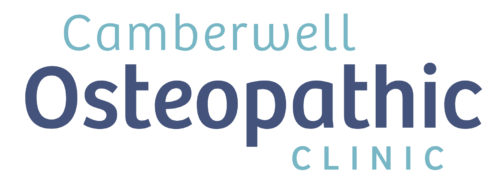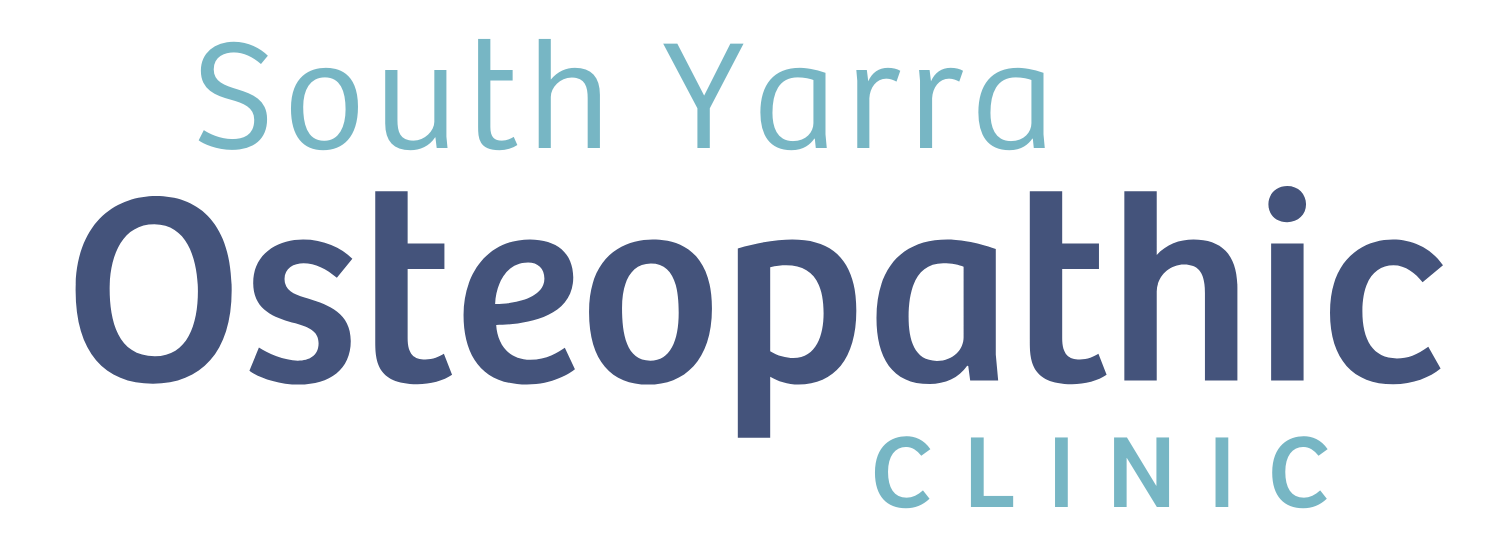In the last twelve months we have seen a huge increase in people taking up running as their preferred form of exercise. With the Melbourne Marathon fast approaching we’re seeing more new runners sign up for events, and experienced runners aiming for longer distances and faster times.
While more people getting out there and hitting new goals is a great thing, it’s important to consider the impact running can have on the body and to implement strategies to optimise performance and minimise the risk of injury.
Whether you’ve signed up for a 10k, half marathon, full marathon or just enjoy getting out for a run on the weekend, there are things you can do to give your body some extra support.
The first thing to consider with running is your footwear. It’s important to get fitted for the correct shoes for your feet, stride, distance and training load, so heading into a running shoe store for a fitting is a great option.
When training for an event it’s important to add some strength training in with your running. Strength training supports your muscles and joints and can reduce your risk of injury when running. This can be a simple weights session, a workout class or pilates class a few times through the week alongside your running.

Recovery is one of the most important parts of your running program. Ensuring you get enough sleep every night, eating enough food to fuel your training and staying hydrated will ensure you can run at your best long into the future. This may mean getting to bed a little earlier and making some minor dietary changes. Some runners will need to eat more food when increasing their training, so be sure to include plenty of healthy carbohydrates, protein, fats and fruits and veg in your diet to keep you going.
Many runners experience aches and pains at some point during their running journey. While it’s never fun, learning to manage these aches and minor injuries as they arise is part of the process and can make you a better runner in the long term. Be sure to warm before every run and stretch after every run. You may also find using a foam roller helpful for easing muscle tightness in the days following your harder workouts.

Seeing an osteopath is great way to manage these aches and pains and help your body perform at its best through your running journey. We can assess your gait and go over your training program to identify any issues and use a range of techniques to assist in your recovery and help you run at your best.
As a runner herself, Caitlin enjoys treating other runners, managing their injuries and watching their running improve over time.
Caitlin is available Wednesday, Friday and every other Saturday.




